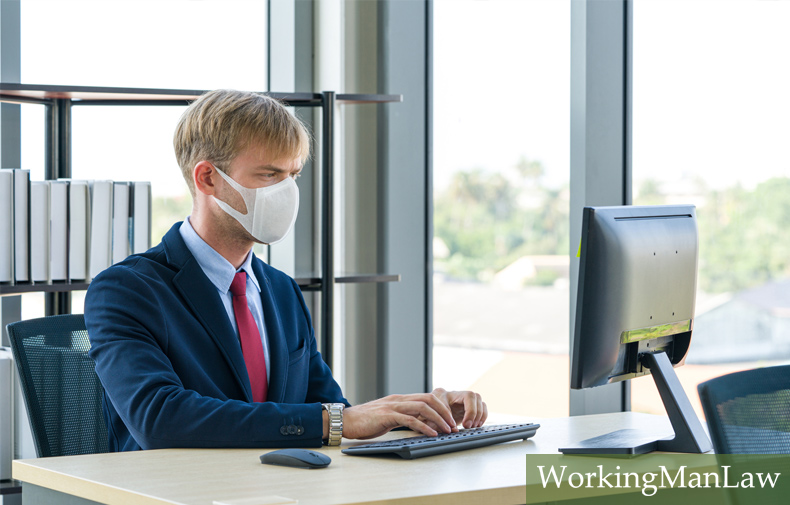
The global pandemic of COVID-19 has caused havoc for business owners. Many have had to fight for their very survival and are now facing a radically different landscape. Their legal obligations to their employees are a part of the change. An examination of employer responsibilities for coronavirus could take up a book (and probably will someday soon), but here is a concise breakdown.
There are 2 key pieces of legislation passed by the U.S. Congress that include the rights of employees under COVID-19—the Families First Coronavirus Response Act and the CARES (Coronavirus Aid, Relief & Economic Security) Act.
The key benefit for employers to know is that their staff have the right to 80 hours of paid leave if they, or someone in their family, have coronavirus. If they personally are diagnosed, then that leave is full pay. If they need to be away to care for a child or a family member, they are still entitled to two-thirds of their regular pay.
The two-thirds of regular pay for 80 hours also apply for people who are subjected to a government quarantine order at the federal, state or local level. If the employee is not the person who is sick, then exploring telework options is a possibility for the business owner.
That deals with the current landscape, but what about the long road back, as states reopen and employees can all come back to work? It’s highly unlikely that a complete return to the pre-COVID-19 days will be possible and even if it were, doing so could place an employer at legal risk.
The Occupational Health & Safety Act (OSHA) governs employer responsibilities to their workers and foremost among them is a safe working environment. The boss who thinks they can just summon everyone back to a packed office space and pick up where they left off is going to be open to a lawsuit.
For example, what happens when an asymptomatic COVID-19 carrier comes into the office and spreads the virus? If the business has not taken any precautions, the person who ends up sick is going to have a strong case for negligence. They will also likely qualify for workers’ comp benefits.
Employers are going to have to think deeply about new protocols for how their businesses function. The time spent in quarantine likely showed many owners that a lot of jobs can be done from home, at least part of the time. They may need to consider solutions like having their offices capped at two-thirds full, with people coming on-site in shifts.
Policies for employees that are sick will also need to be examined. Every business has its own unique culture. Those that tacitly encourage workers to be at the office unless they’re at the point of death will have to be changed. If an employer sees someone reporting to work when they don’t look well, they may need to send them to a doctor.
The businesses that are thinking about these issues now are the ones best poised to integrate into the post-COVID-19 world.


